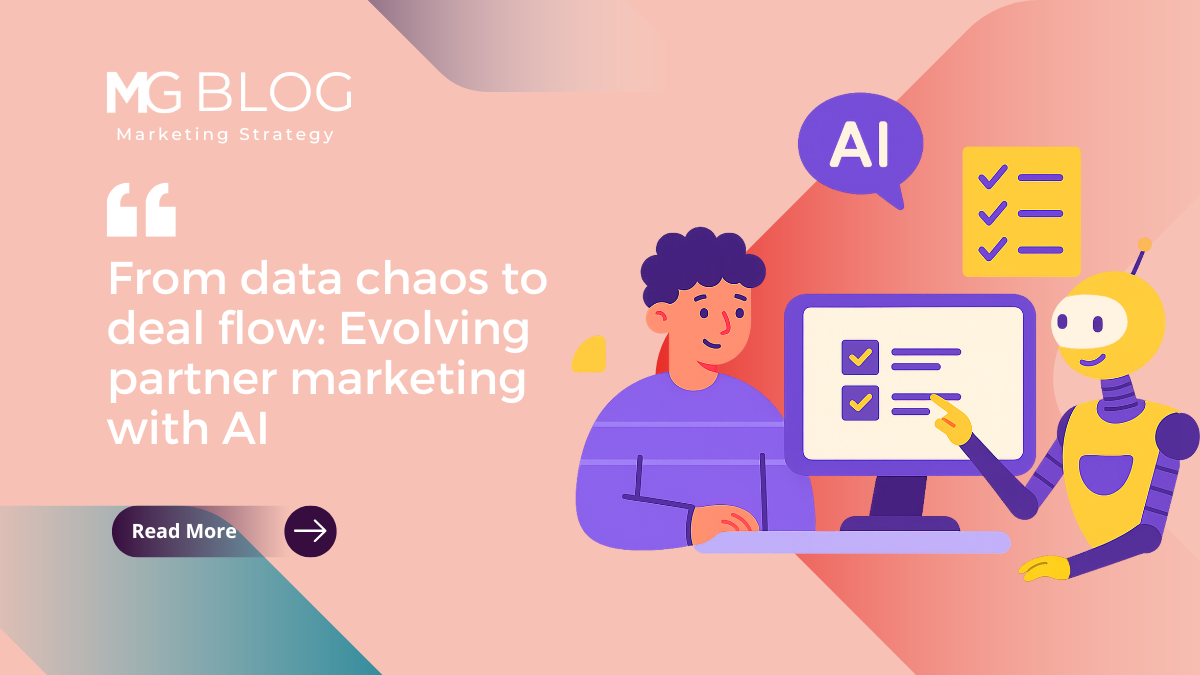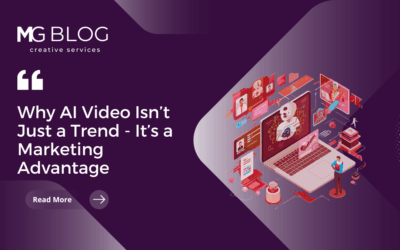Partner marketing can feel like herding cats while juggling spreadsheets. One day you’re tracking partner performance, the next you’re untangling MDF requests and praying someone actually uses the portal you spent months launching.
Imagine having a really helpful sidekick: AI. It won’t do everything for you, but it will take some of the grunt work off your plate. Less time in spreadsheets, more time focusing on strategy. Less guessing, more knowing what actually works.
Why partner marketing is ready for AI transformation
There’s no shortage of data in channel programs. The problem is that it’s often scattered.
That’s where smarter tools come in. By looking at trends across CRM, PRM, and campaign data, they can help marketers spot patterns. Which partners bring in the most leads? Which co-marketing efforts actually pay off? What’s the best time to offer support?
Take, for example, the use case of a mid-sized tech company that wants to evaluate MDF and sales data to optimize performance. Using AI-driven analytics, they can dig into the data to find partners who requested funds early in the year, completed product training, and closed deals at a much higher rate. With that type of insight, a team can focus its budget on similar partners the following year to boost returns.
Similarly, we all know the pain of building a content hub no one uses. But what if partners actually saw the content that mattered to them? With some smart automation, a company can redesign its portal to recommend content based on each partner’s industry, past engagement, and sales activity. The result? More downloads, more conversations, and more pipeline.
And it goes beyond marketing. Smarter systems can recommend training or next-best actions based on what deals are stuck or what a partner’s been struggling with. It’s the kind of support that helps build long-term loyalty.
More ways AI can help you make an impact
AI is showing up in more parts of the partner marketing workflow than ever. Here are a few more ways it can help teams drive leads and deepen partnerships:
- Lead scoring and routing systems: Use AI to match high-potential leads with the best-fit partners, based on specialization, location, or historical performance. Some teams are layering in intent data to alert partners when prospects are actively researching their solutions.
- Campaign planning: Forecast how co-branded campaigns are likely to perform, helping marketers decide where to spend their limited time and budget. You can even adjust messaging in real time based on audience engagement.
- Onboarding: Implement AI-powered workflows to help partners get up to speed faster. By tailoring welcome journeys, training recommendations, and asset suggestions, marketers can improve partner time-to-value.
- Sentiment analysis: Track how often partners engage with your portal, open emails, or attend webinars, identifying early signs of disengagement so you can act before a relationship is in jeopardy.
You can start small and focused. Choose one partner marketing bottleneck — MDF tracking, content engagement, or lead routing — and test a single AI tool for 30 days. Track the results and iterate to determine impact. Also, consider that many of the platforms you’re already using probably offer smarter options than you think. Following are just a few AI tools worth exploring.
For partner marketers under pressure to hit goals with lean teams, AI-powered tools can be a game-changer. They help you spend less time chasing data and more time building programs that work. In the end, this isn’t about replacing the art of partner marketing. It’s about giving you the time and insights to do it better, faster.
Ready to boost your partner marketing efforts and create stronger, more productive relationships? Explore our partner marketing services to learn more.




